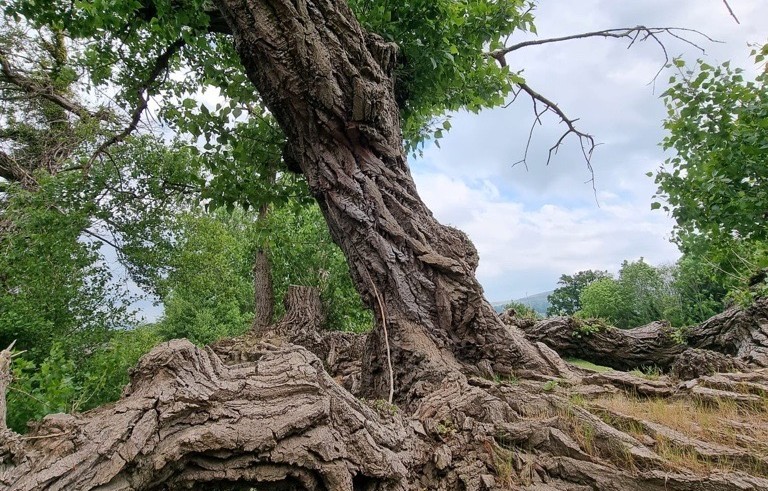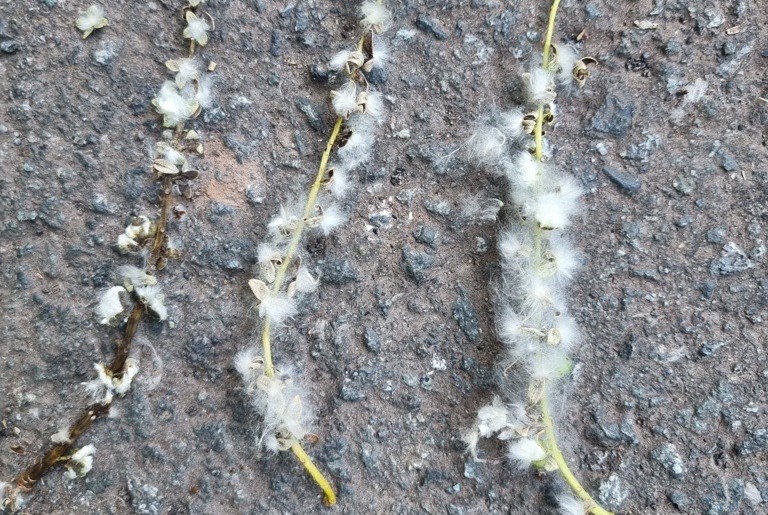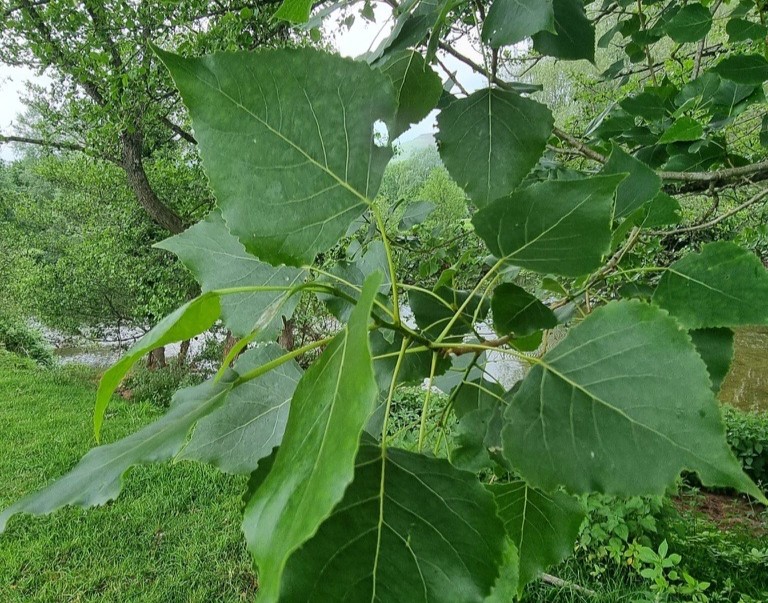
Discover: how you can help to save Britain’s most endangered tree
-
Date posted: 28/07/2025
-
Time to read: 3 mins
Bannau Brycheiniog National Park is calling on the public to help identify black poplar trees across the park and surrounding areas, in a vital effort to protect this rare native species from extinction.
Britain’s most endangered native tree, the black poplar (Populus nigra subsp. betulifolia), is vanishing from our landscape. Once a familiar sight along floodplains and riverbanks, it is now estimated that fewer than 7,000 native black poplars remain across the UK.
In Wales, the situation is even more critical, with only 200 black poplars left, only a handful of which are female.
A collaboration between Bannau Brycheiniog National Park, Stump Up for Trees, Woodland Trust and National Trust, funded through Sustainable Landscapes Sustainable Places, is working to protect and conserve this important tree. The group have also been working closely with Herefordshire Wildlife Trust and colleagues in Eryri National Park.

The decline of the black poplar is largely due to the loss of its female trees.
Historically, female black poplars were removed to prevent the spread of their distinctive fluffy seeds, drastically reducing the species’ ability to naturally regenerate.
Changes to floodplains and waterways have also impacted seed germination, whilst the demand for timber has led to the loss of hundreds of trees. The introduction of hybrid poplars has further weakened the native population, with the species now at risk of disappearing from our countryside.
But we still have time. Sam Harpur, Bannau Brycheiniog’s Woodland Officer said: “Through this collaboration, we are mapping and recording existing black poplars in the National Park and surrounding areas. Cuttings, especially from female trees, are being grown at nurseries like those at Penpont Estate, funded by the Brecon Beacons Local Nature Partnership, to ensure the replanting and long-term conservation of this species.”

How you can help
To support conservation efforts, we are asking the public to report any black poplar sightings. Mapping these rare trees is a crucial step in protecting them for future generations:
- Take a photo
- Record the location
- Send your sighting to Samuel Harpur at Bannau Brycheiniog National Park
How to spot a black poplar
Identifying a black poplar can be tricky, but here are some key features:
- Fluffy cotton-like seeds on female trees in spring/summer
- Rough, fissured bark
- Often leans to one side
- Lower branches droop in an arch
- Burrs (large growths) are common
- Young leaves have hairy petioles (use a magnifying glass!)
- Male trees have red catkins, female trees have green catkins
By helping us locate black poplars you’ll play a vital role in their conservation, ensuring that future generations can enjoy this important part of our natural heritage.

